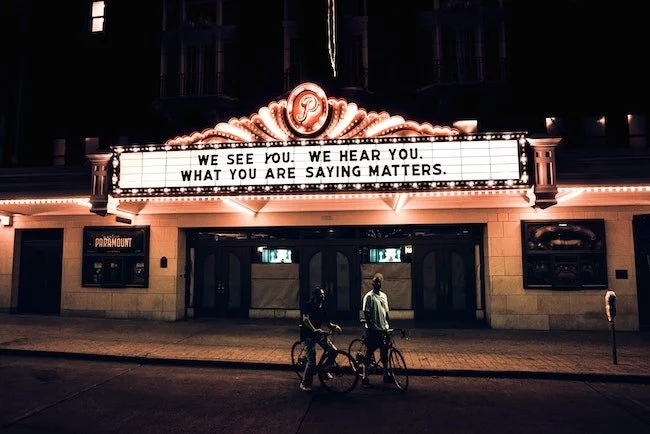Understanding Racial Microaggressions
Simone Watkins, PhD Candidate, LPC
The term “racial microaggressions” may be a word you have heard before but what exactly is a racial microaggression? In a definition by Sue et al., (2007), “Racial microaggressions are brief and commonplace daily verbal, behavioral, and environmental indignities, whether intentional or unintentional, that communicate hostile, derogatory, or negative racial slights and, insults to the target person or group.” Racial microaggressions may be verbal or nonverbal that are subtle and brief however, may have a lasting and damaging impact on those who are targeted.
Racial microaggressions are a form of racism. Although they are subtle, they perpetuate degrading stereotypes and the idea that those of marginalized groups are seen as less than in society. In fact, the subtleness of racial microaggressions may allow for them to go unnoticed and unacknowledged. Because of this, those who use racial microaggressions may have little accountability for this oppressive language or behavior.
Those targeted may also have a difficult time identifying when a racial microaggression is used against them. In my experience, when racial microaggressions have been directed toward me I have noticed feeling tension throughout my body. In the moment, I was unable to pinpoint the source of tension. Many times these microagressions may not be easily identified on the surface. However, turning inward and being attuned to your body, you may notice various uncomfortable sensations that may heighted energy or decrease energy, such as feelings of numbness, heaviness or sinking.
So, let’s get into it. What are types and examples of racial microaggressions? Sue et al. (2007) identified three types of racial microaggressions: microinsult, microassault, and microinvalidation.
Microinsults are typically unconscious, subtle racial comments that belittle the racial identity person or group targeted. Examples of this would be telling a person that they are different than others of their race; assuming someone of color is the new diversity hire; commenting on how a person of color is articulate or well-spoken. Microinsults sends the message that people of color are not as intelligent as their White counterparts, it is out of the ordinary for someone of that race to be intelligent, and generalizes the entire race.
Microassaults can be verbal or nonverbal racist slights that are typically conscious, deliberate, and explicit. Examples of this would be racial profiling by law enforcement, a White person clenching their bag or going to the opposite side of the street when passing someone of color, or saying a racist joke then saying “I was kidding.”
Microinvalidations are racial comments and behaviors that discredit a person of color’s lived experiences. Examples of this would be telling a person of color that they “don’t see color,” “We are all the human race,” or the infamous, “All Lives Matters.” This sends the message that race and culture are not important contributors that impact their daily lives.
Those who use racial microaggressions do not typically mean harm, however, good intentions are inadequate when a person’s action causes harm. It is important to understand that intention and impact may not be the same. Simply put, language matters. Understanding the impact our language has on others is crucial in promoting equity, love, and inclusiveness.
Racial microaggressions are hateful, damaging, and perpetuate racism. They are invisible in nature, however there is nothing invisible about the harm they do to those who are targeted.
Reference
Sue, D. W., Capodilupo, C. M., Torino, G. C., Bucceri, J. M., Holder, A. M., Nadal, K. L., & Esquilin, M. (2007). Racial microaggressions in everyday life: Implications for clinical practice. American Psychologist, 62(4), 271–286.


